Musculoskeletal injuries typically involve multiple tissue types, including muscles, tendons, ligaments, fascia, nerves and bony structures. Each type of tissue has its own unique makeup, and each responds differently to therapy. The tissues that make up joints and tendons tend to be avascular – meaning they have a very limited blood supply – making them slow to heal due to a meager influx of oxygen and nutrients.
Injection therapies use orthobiologic and/or neutral solutions to stimulate and accelerate healing in stubborn joints and tendons. At NYDNRehab, our innovative breakthrough injection therapies for joints and tendons are changing the game for injury rehab and return-to-sports.
Dr. Lev Kalika, DC clinical director of NYDNRehab, is an internationally recognized expert in diagnostic and musculoskeletal ultrasound imaging, with multiple research papers to his credit. Dr. Kalika has studied with some of the world’s most prestigious experts in diagnostic, fascia, and nerve ultrasonography, and has presented his research at multiple international professional conferences.
Dr. Kalika is an active member of the American Institute of Ultrasound in Medicine (AIUM), and has developed his own unique approach to Dynamic Functional and Fascial Ultrasonography.

Orthobiologic specialist
Dr. Yuri Brosgol, MD is a neurologist with 20+ years of experience in treating pediatric and adult myofascial pain. When emerging research on the critical role of fascia in human mobility captured Dr. Brosgol’s interest, he pursued training in orthobiologics and fascial release techniques. Dr. Brosgol learned fascial hydro release techniques directly from Dr. Carla Stecco, the world’s leading specialist in fascial science.
Dr. Brosgol has become a pioneer in the use of orthobiologic solutions, paving the way for transformative advancements in the treatment of myofascial disorders.
Together, Dr. Kalika and Dr. Brosgol are combining their skills to revolutionize the way musculoskeletal pain and injuries are treated. Dr. Kalika’s successful track record of rehabilitating musculoskeletal injuries combined with Dr. Brosgol’s expertise in treating myofascial pain makes NYDNRehab the clinic of choice for injury rehab in NYC.
A combination of factors cause joints and tendons to heal more slowly than other body tissues. In today’s fast-paced culture, prolonged healing times can have a dramatic impact on health and productivity. For athletes, the more time spent in injury recovery, the greater the career risks.
Multiple factors can slow down joint recovery:
At NYDNRehab, we use advanced regenerative therapies and orthobiologic procedures to override factors that slow the healing process. These holistic approaches tap into the body’s innate healing mechanisms to stimulate and accelerate cell regeneration in stubborn tissues. Addressing damaged joint tissues is the first step toward restoring functional mobility.
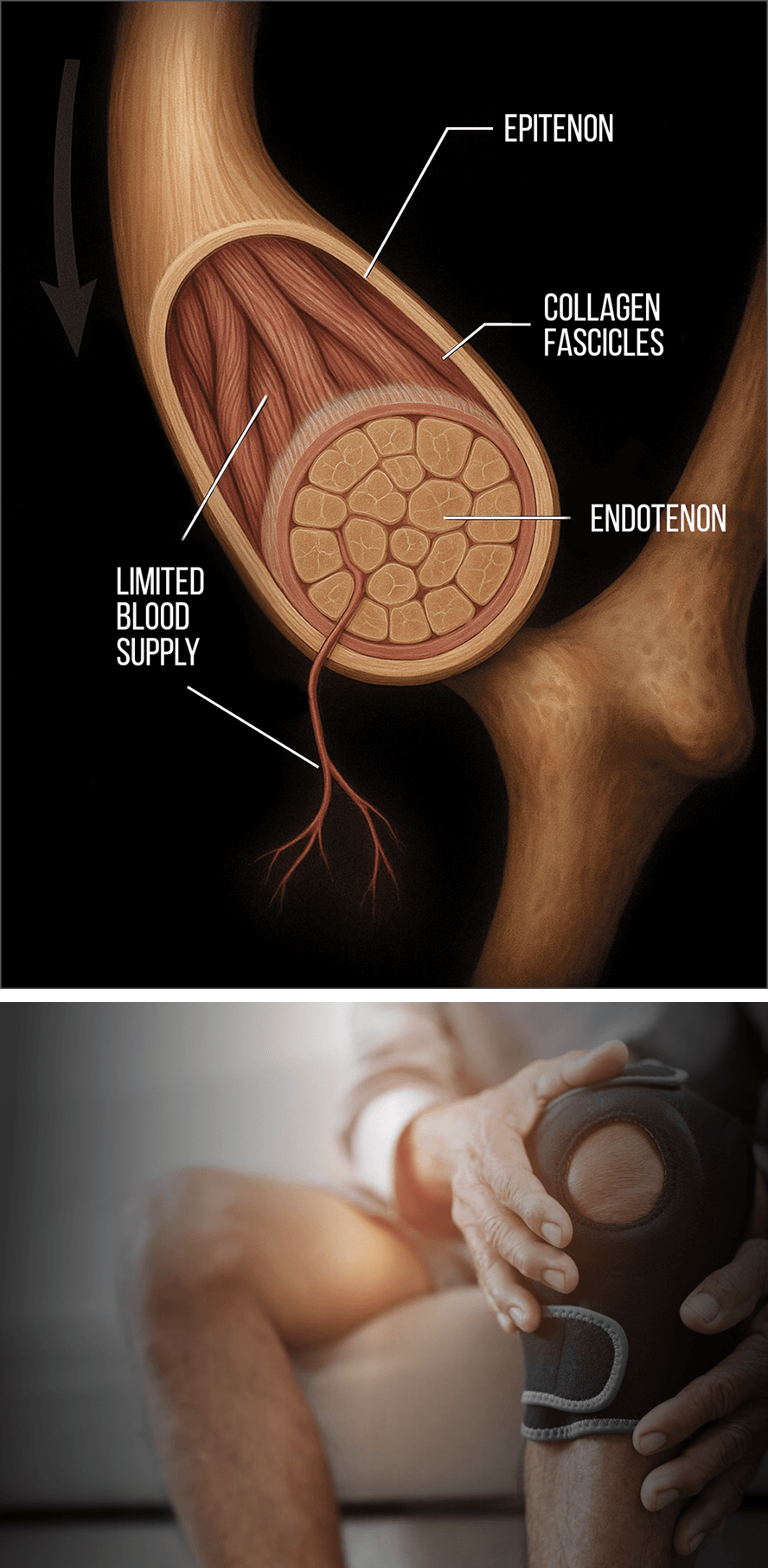
Mobility and stability are key principles of human movement, requiring a balance of tissue strength, elasticity, and optimal joint range of motion. Biotensegrity describes an optimal state of internal tension, where muscles and fascia work together to guide and control movement, and to mediate outside forces.
Until very recently, human movement science focused on muscles, joints and connective tissues, and the physiological factors that drive energy metabolism and force production. Little recognition was given to the important role of fascia in uniting the body’s systems. But over the past decade, mountains of research are confirming that fascia is the key to biotensegrity.
Fascia is a complex web of tough and elastic connective tissue that surrounds and connects muscles, engulfs the visceral organs, and holds the body’s structures in place during dynamic movement. Fascia is made up of collagen fibers, lubricated by hyaluronic acid – a slippery gel-like substance able to attract 100X its mass in water.
Fascia promotes biotensegrity via the following mechanisms:
Healthy fascia is smooth, slippery and elastic, but when overworked or depleted due to trauma, mechanical stress, or lack of fluids and nutrients, it can become dehydrated and fibrous. Trigger points – fibrous knots of tightly contracted muscle or collagen fibers – can form in myofascial tissue, causing pain and interfering with muscle function.
Damaged or dehydrated fascia can become dense and sticky, creating friction and impeding the ability of nerves and blood vessels to glide among other structures. Densified fascia undermines biotensegrity, disrupts muscle coordination patterns, reduces physical performance, and increases risk of injury.
Without biotensegrity, the joints lose their ability to absorb, mitigate and transfer force loads. During injury rehabilitation, it is not enough to heal muscle and connective tissues – fascial densifications and adhesions must be addressed in order to restore biotensegrity.
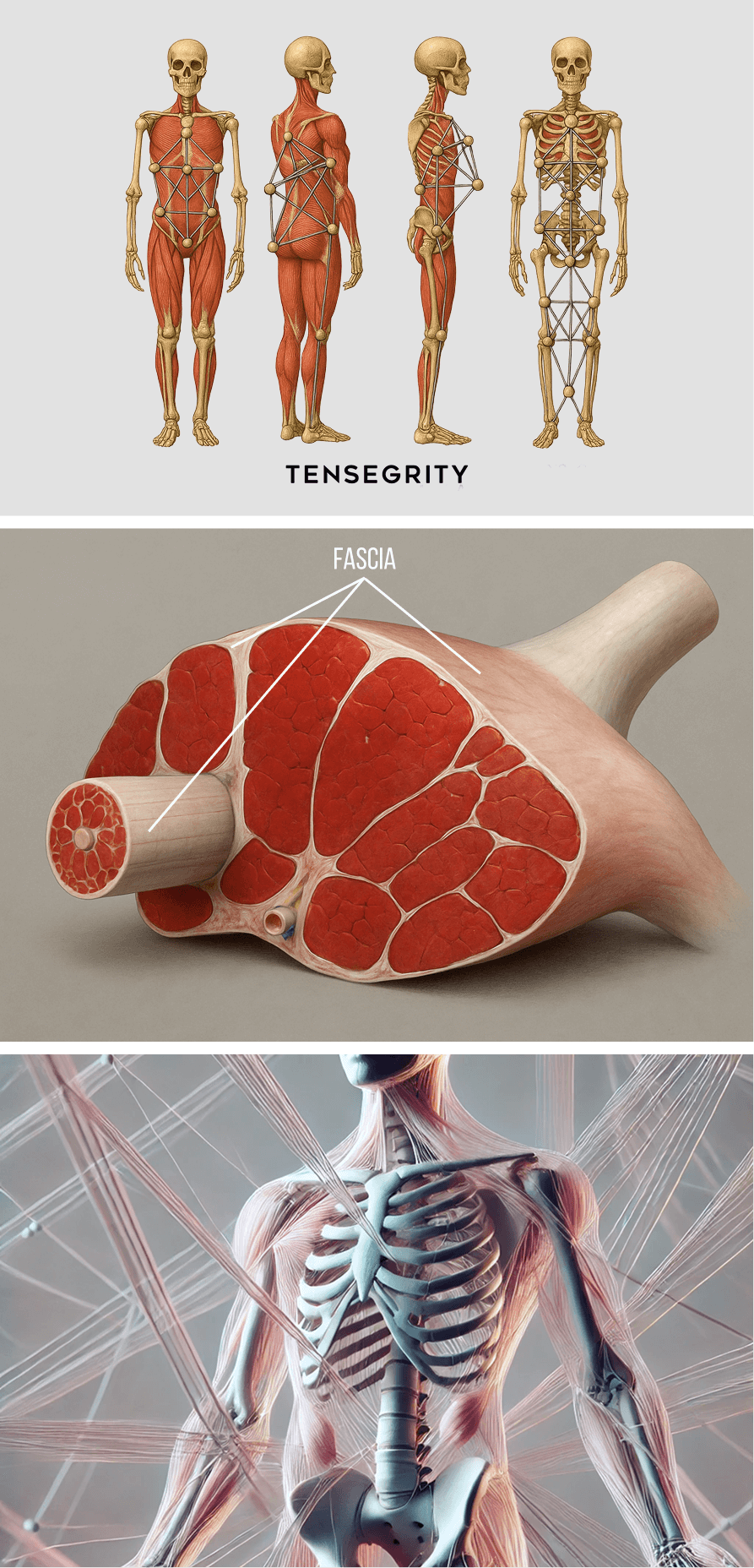
At NYDNRehab, we use advanced interventions to restore fascia’s slippery and elastic properties:
Our fascia-first approach to injury rehab lays the groundwork for restoring biotensegrity, optimizing mobility and enhancing physical performance.
Advanced treatment approaches are changing the game in injury rehab, and NYDNRehab is on the cutting edge. Our clinic features the latest evidence-based technologies and innovative methodologies that are only now emerging in the injury rehab space. Dr. Kalika and Dr. Brosgol are pioneers in holistic rehabilitative medicine, prompting the body’s own healing mechanisms to renew and repair tissues without drugs or surgery.
At NYDNRehab, our goal is to fully restore functional pain-free mobility that meets or exceeds the patient’s pre-injury condition. Patient diagnosis, treatment and release are based on our extensive experience and expertise. Our decision-making is backed by scientific evidence, objective data, and expertise in a broad range of regenerative and advanced methodologies.
Our personalized one-on-one approach to patient care ensures that you receive the most effective treatment available, based on your unique anatomy and diagnostic profile. We continually monitor your progress using advanced technologies and ultrasound imaging, to keep you on the path to fast and complete recovery.
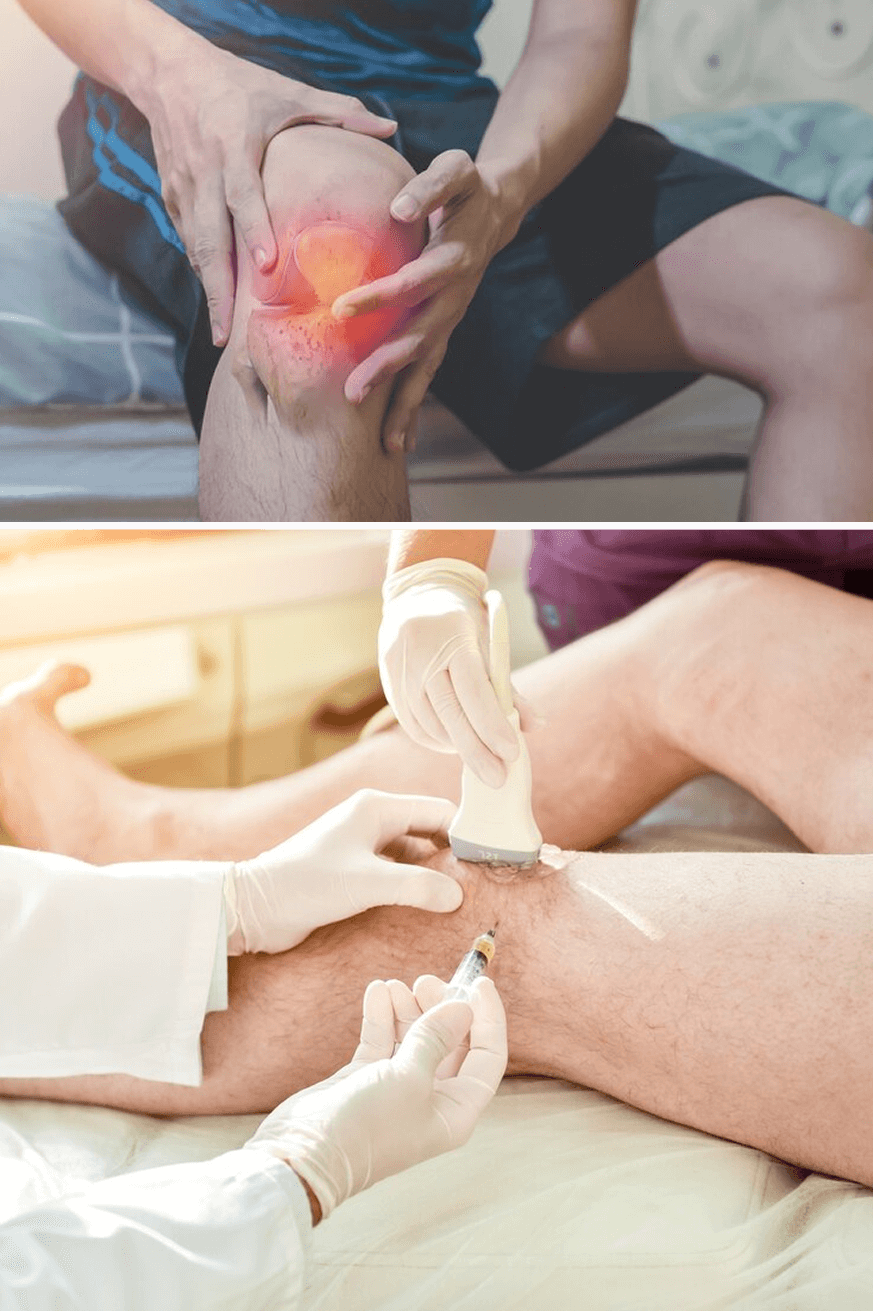
As holistic practitioners, we know that it’s not enough to diagnose your injury based on symptoms alone. Most injuries involve multiple tissue types, and every injury has distinct characteristics.
Our diagnostic process includes:
High resolution diagnostic ultrasound gives us dynamic images in real time, presenting a clear picture of the extent and severity of damage. We are able to differentiate between tissue types, examine long bodies like muscles, bones, and nerves, and compare injured structures to their uninjured counterparts on the opposite side of the body.
Accurate data-based diagnosis ensures that you get the most appropriate treatment for your injury, so you can begin your healing journey right away.
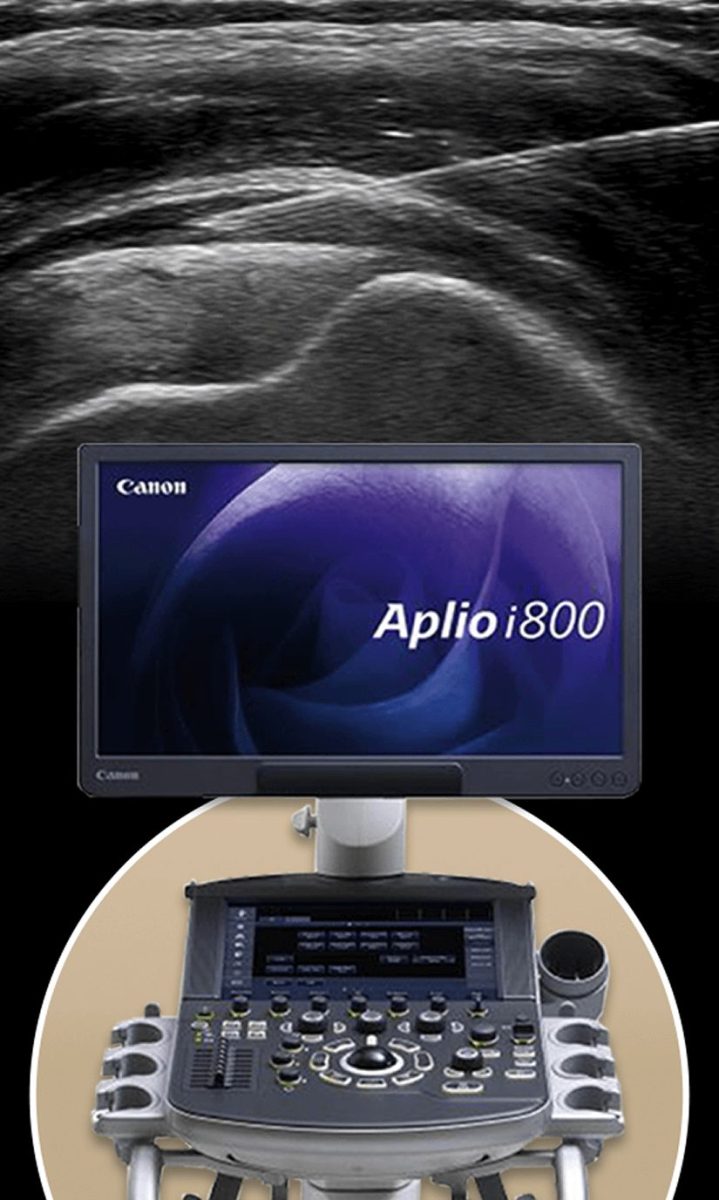
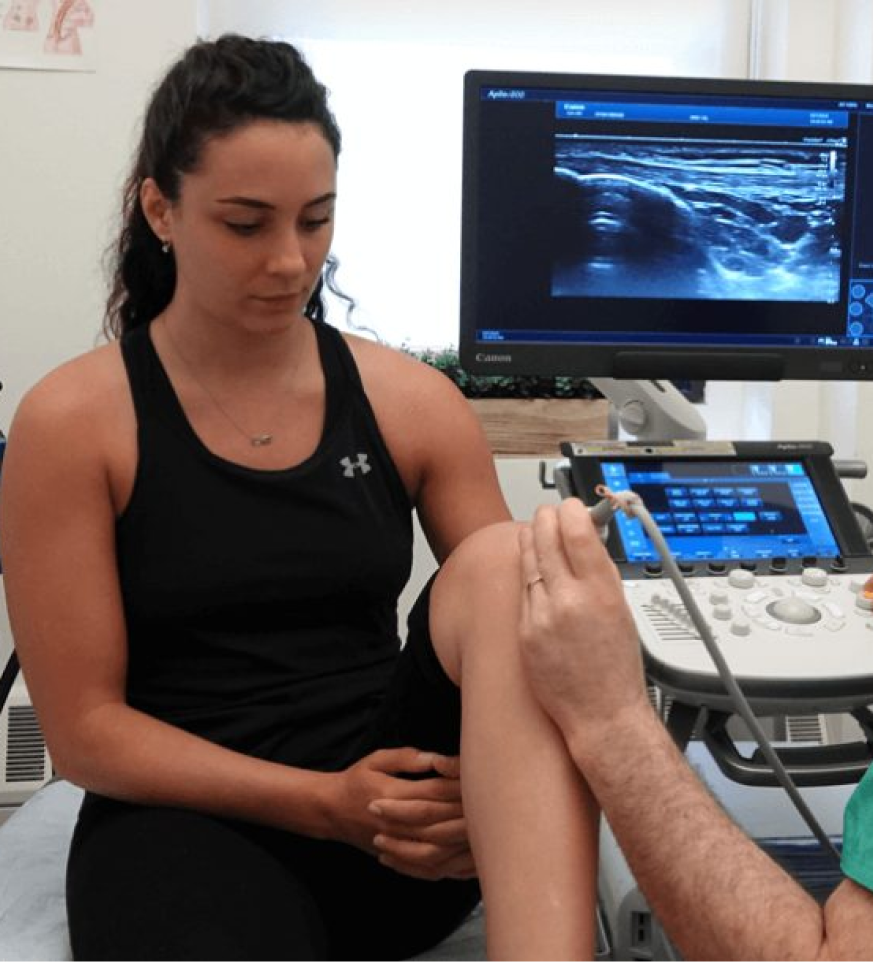
Without ultrasound imaging, therapeutic procedures are hit-or-miss, often failing to achieve their goals. Guidance by high resolution ultrasound ensures that injected solutions reach their intended tissues, without bleeding over into other structures. This means faster pain relief and accelerated healing, often with fewer treatment sessions.
During needling procedures, ultrasound guidance protects nerves and blood vessels from accidental needle penetration while ensuring that injected substances hit their target. It is important to note that only advanced high resolution ultrasound shows us minute details that cannot be seen with regular ultrasound imaging. High resolution imaging is critical for fascial and nerve injections, and for treating tendon tears.
Physical therapy is an important final step on your healing journey, but it should not be started prematurely. For physical therapy to provide effective and lasting results, we must first address structural issues and restore biotensegrity to the body’s systems. Advanced orthobiologic injection therapies play a critical role in injury rehab that cannot be filled by physical therapy alone.
Once your pretreatment is complete, we can begin a customized physical therapy program with your specific goals in mind. Whether you want to return to sport as quickly as possible and perform at your peak, or you simply want to get back to your daily routine without pain or limitations, our personalized one-on-one approach ensures that your physical therapy prepares you for whatever lies ahead
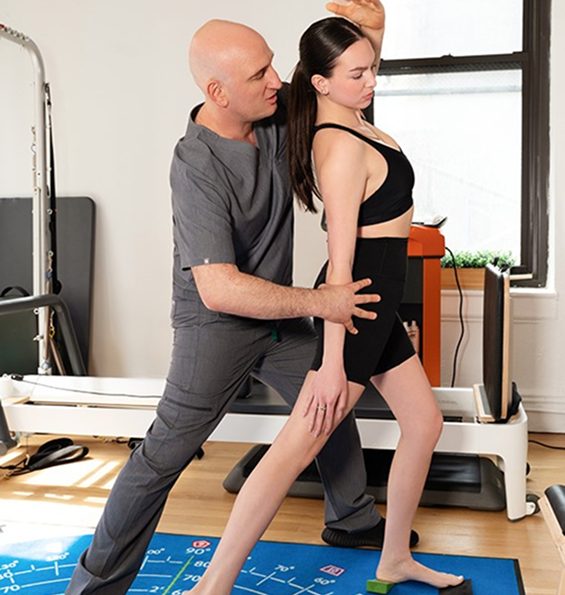
Independent peer-reviewed research relevant to this treatment approach.